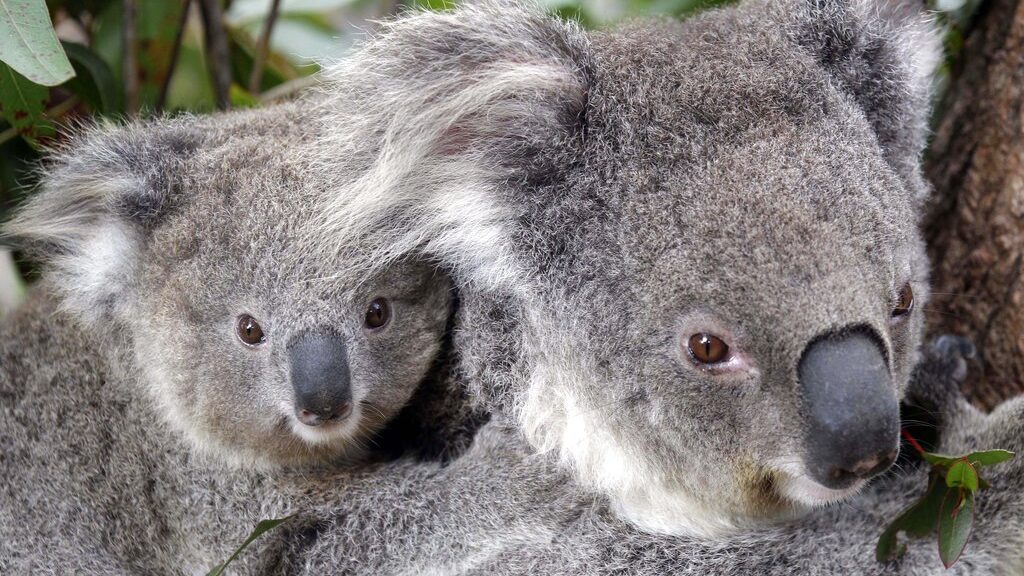Australia has officially listed the koala as endangered species after a drastic decline in the marsupials’ population.
The species was first listed as vulnerable in 2012 in the states of Queensland and New South Wales and the Australian Capital Territory (ACT). Over the past decade, populations rates have declined so significantly that the Australian Koala Foundation estimates there are as few as 100,000 left in the wild.
An inquiry by New South Wales found Koala’s would be extinct by 2050 unless measures are taken.
The destruction of habitat and climate change have been listed by WWF Australia as key causes for the species’ endangerment. The charity states habitats have been cleared for urban and agricultural infrastructure. Because of this, Koala’s spend more time on the ground moving to new habitats. This makes them vulnerable to traffic and other predators. Lack of habitat also increases stress levels making Koala’s more prone to disease.
Climate change has also resulted in significant contractions of koala habitats in Queensland and New South Wales. This is as a result of a lack of nutrients in eucalyptus leaves; the primary diet of koalas.
The black Summer bush fires of 2019-20 have also affected the species’ fight for survival. Almost of quarter (24%) of habitats in New South Wales were affected, impacting an estimates 60,000 koalas, according to WWF.
Koalas heading for extinction is a national shame.
For nearly a decade the Australian government ignored the science, and instead gave mining companies and big developers licences to destroy koala habitat – making them now endangered. This is a disgrace. https://t.co/lTJnqaXhad— 💚🌏 Sarah Hanson-Young (@sarahinthesen8) February 10, 2022

